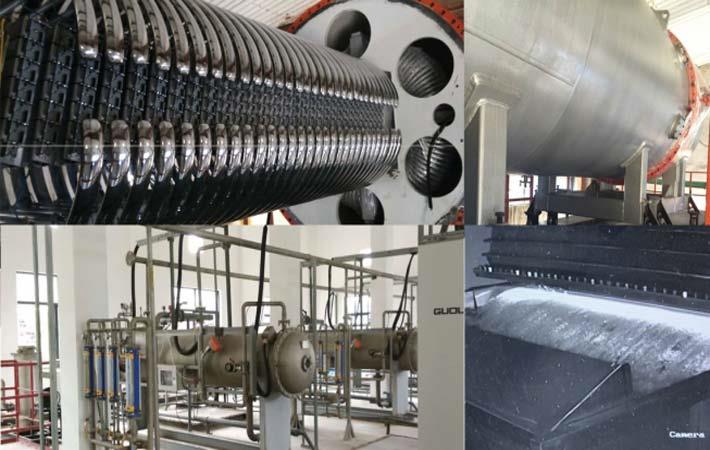Interviews
China's first wastewater plant using radiation
09 Mar '17
3 min read

Radiation is now being explored to treat industrial waste in developing countries like China which has set up its first such plant to clean wastewater from a textile dyeing facility. The technology though being used in industrial countries is not available in the developing world. The plant is part of an International Atomic Energy Agency (IAEA) project.
Other countries with significant textile manufacturing industries, such as India, Bangladesh and Sri Lanka, are also considering introducing the technology with the assistance of the IAEA. India is already using gamma irradiation to treat municipal sewage sludge.
The facility that uses electron beams to treat industrial wastewater has been opened up in Jinhua city, 300 kilometres south of Shanghai. It is meant to treat 1500 cubic metres of wastewater per day, around a sixth of the plant's output.
Textile dyeing accounts for a fifth of all industrial wastewater pollution worldwide. While several industrial countries have used radiation to treat some of the effluent from textile dyeing plants, a lot of the wastewater goes untreated since much of the industry has relocated to developing countries in Asia in recent years.
The IAEA project examined transfer of technology to several countries, mostly in Asia. The Chinese plant has been set up with advice of experts from Hungary, Korea and Poland, said Jianlong Wang, deputy director of the Nuclear and Energy Technology Institute at Tsinghua University in Beijing and the principal researcher behind the project.
"If everything goes smoothly, we will be able to roll out the technology to the rest of the plant and eventually to other plants across the country," Wang said.
Despite advances in conventional wastewater treatment technology, radiation remains the only technology that can treat the most stubborn colourants in wastewater, according to Sunil Sabharwal, radiation processing specialist at the IAEA. "The problem is that the technology exists in developed countries, while most of the need now is in the developing world," he said.
Wastewater from textile dyeing contains molecules that cannot be treated with bacteria, workhorses of wastewater treatment as they digest and break down pollutants. It is because to colour textiles, compounds with large, long and complex chains are used. Wastewater from the industry may contain more than 70 complex chemicals that do not easily degrade. By irradiating the effluent using electron beams, scientists break these complex chemicals into smaller molecules, which can then be treated and removed using normal biological processes. Irradiation is done using short-lived reactive radicals. (SV)
Fibre2Fashion News Desk – India
Popular News
Leave your Comments
Editor’s Pick
































-Ltd..jpg?tr=w-120,h-60,c-at_max,cm-pad_resize,bg-ffffff)





.jpg?tr=w-120,h-60,c-at_max,cm-pad_resize,bg-ffffff)
.jpg?tr=w-120,h-60,c-at_max,cm-pad_resize,bg-ffffff)






